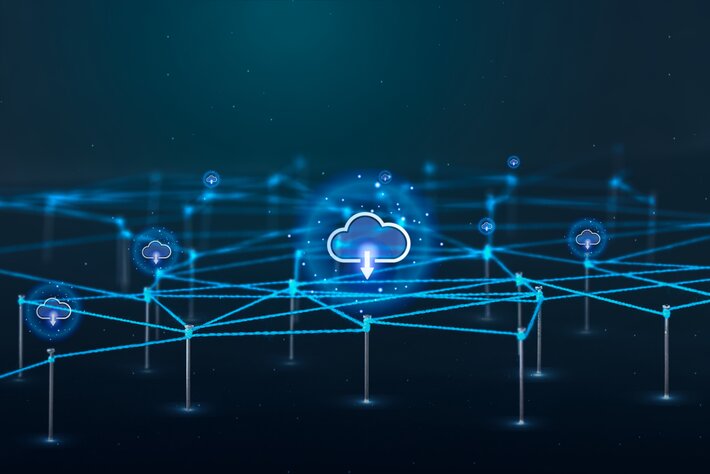As the workplace and the Internet of Things (IoT) intersect, there is an increasing need for organisations to implement strategies to secure sensitive company data.
Despite the raft of benefits which come with introducing IoT into the workplace – increased productivity and flexibility, enhanced capacity to gather and analyse data, streamlined business processes – the simple fact is that each new device which gains access to the company network becomes a potential site for a data security breach. With Gartner forecasting that 6.4 billion connected things will be in use in 2016, we’re going to see companies’ security perimeters being stretched even further as data passes between an increasing number of devices, raising the chances of infiltration or a breach.
Making sure businesses have a resilient forward-facing security strategy with strong passwords and multi-tiered authentication is a good place to start in preventing a data breach, but organisations can’t afford to leave the back door open by relying on employees to secure each device of their own accord. All that’s required for a potentially costly attack is for one worker to click on one malicious email, says Lee Johnson, global enterprise mobility, NetMotion Wireless.
Rebuilding the wall
One way to strengthen cyber security postures in response to this growing risk is to implement emerging geo-fencing technology. Geo-fencing allows IT departments and CSOs to set access policies based on GPS coordinates. By capturing GPS information from a device to pinpoint where it is at any given moment with a high degree of accuracy, IT can ensure that when that particular device goes outside of the set GPS coordinates, it will no longer be able to access certain applications or data.
In effect, this enables organisations to rebuild the corporate boundaries which the IoT and cloud rendered obsolete. In the same way that data used to be restricted to private servers in office backrooms, with a comprehensive set of geo-fencing policies, sensitive data can once again be safely contained within the physical walls of the office – or the borders of a city or country, for that matter.
Individualised security
These policies can also be refined to take into consideration the specific user, network, device, location and even time of day in question, enabling organisations to implement a highly nuanced and flexible approach capable of responding to user needs.
If, for example, a company CFO needs access to sensitive files in the office and at home, IT can set tailored policies so that those files are only accessible from his laptop, and only when it shows up as being in either of those locations. Or take the opposite approach: if a company is having trouble with productivity, it can restrict access to non-work apps and websites within the office perimeter, or during work hours if employees regularly work on-the-go.
Closing up the gap
As a result, the vector for potential cyber attacks becomes much smaller. Enterprises can ensure that access to company systems and services takes place across a secure network, gaining a much greater level of control over the movement of data and so minimising the risk of a breach.
With geo-fencing in place, organisations across a wide range of sectors will be able to harness the full potential of the IoT without compromising on security, and without restricting users. The key to an effective marriage of security and usability is case-by-case flexibility, so it’s essential that companies can offer their employees access to data wherever and whenever they need it. Whilst it pays to be aware of the versatility and determination behind modern cyber crime, emerging technology like geo-fencing is offering new levels of control, stemming the free flow of data in and out of the office without reducing efficiency, and helping organisations to keep one step ahead of the threats they face.
The author of this blog is Lee Johnson, global enterprise mobility, NetMotion Wireless.
Comment on this article below or via Twitter: @IoTNow_ OR @jcIoTnow










